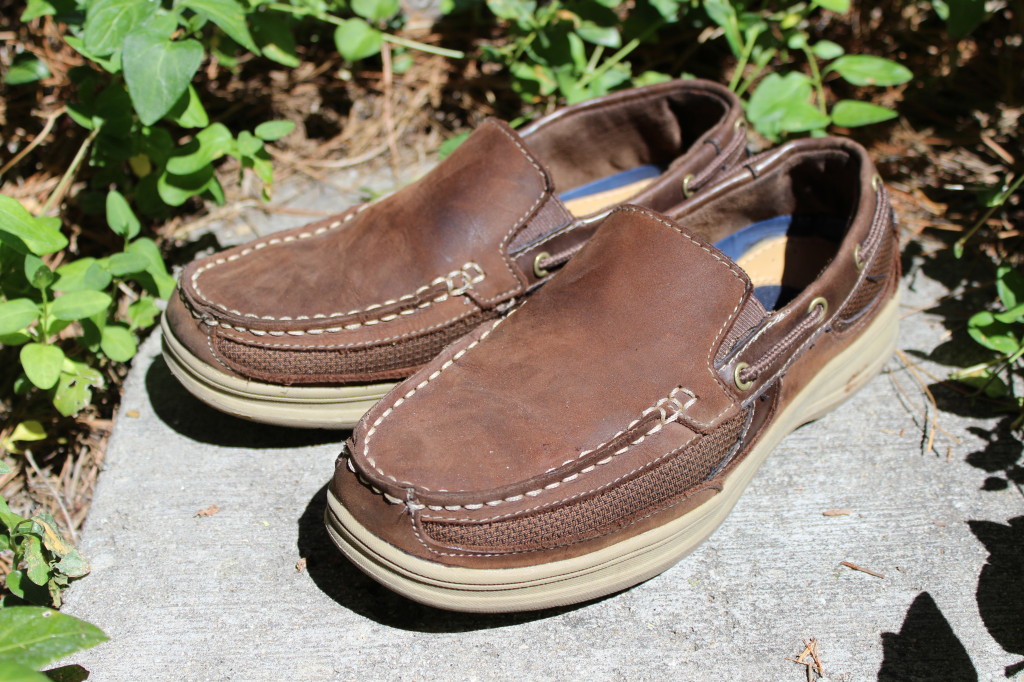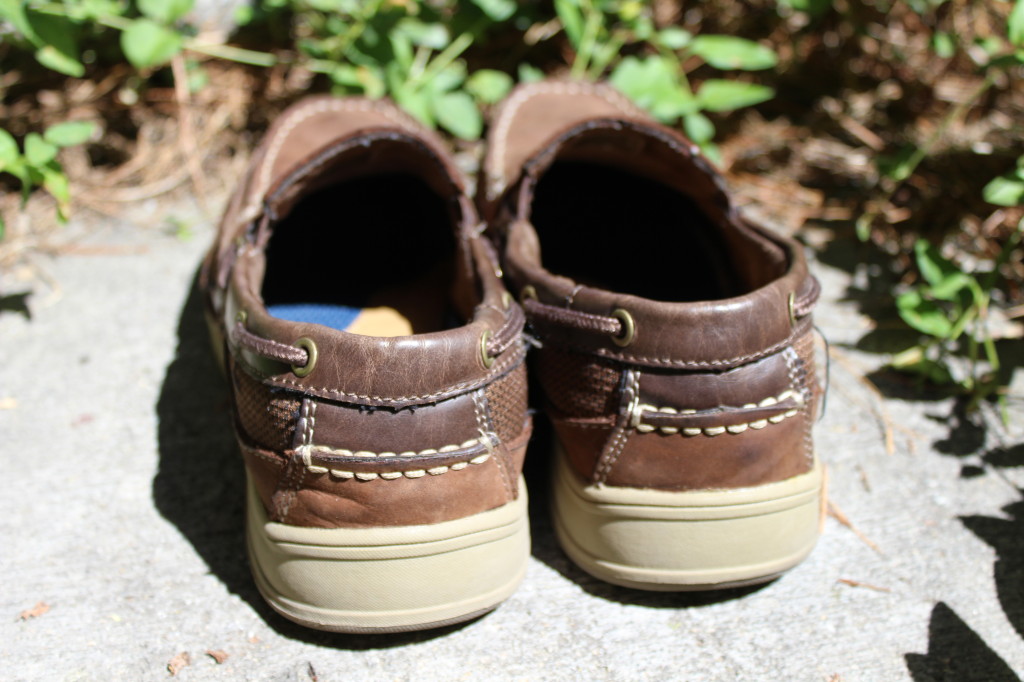Posted by slomotionshoes | 4 August, 2014
The Loafer Dilemma
The loafer style shoe is a perfect example of the difficulty of finding a balance between fashion and function. A loafer has great styling but lacks basic function if you have lower extremity conditions. The challenge for this style shoe for both men and women is hidden in its simple features. Its soft heel counter makes it an exceptionally easy shoe to slip on, but to keep the shoe on the forepart of the foot has to be very snug. The loose heel construction allows the heel to slip while walking. The shoe stays on the foot by providing a snug fit through the forefoot region. The snugness of the fit as well as heel slippage increases friction against the skin which can lead to a higher rate of callus build up on the feet which can be a significant cause of foot pain.
As a shoe becomes easier to slip on, its support decreases. Many treatments for foot conditions utilize a stable shoe, a lace up fit, and a temporary use of an orthotic to control foot motion. This shoe design is not recommended as it does not stabilize the foot because of its slip on style and its inability to incorporate the use of an orthotic. Despite all the style and practicality of the loafer it won’t be the shoe your healthcare provider recommends if you are actively being treated for a lower extremity condition. If you have loafers in the closet, or you have one that you are eyeing for purchase, don’t worry as many lower extremity healthcare conditions are treatable and won’t require long term footwear changes. 


